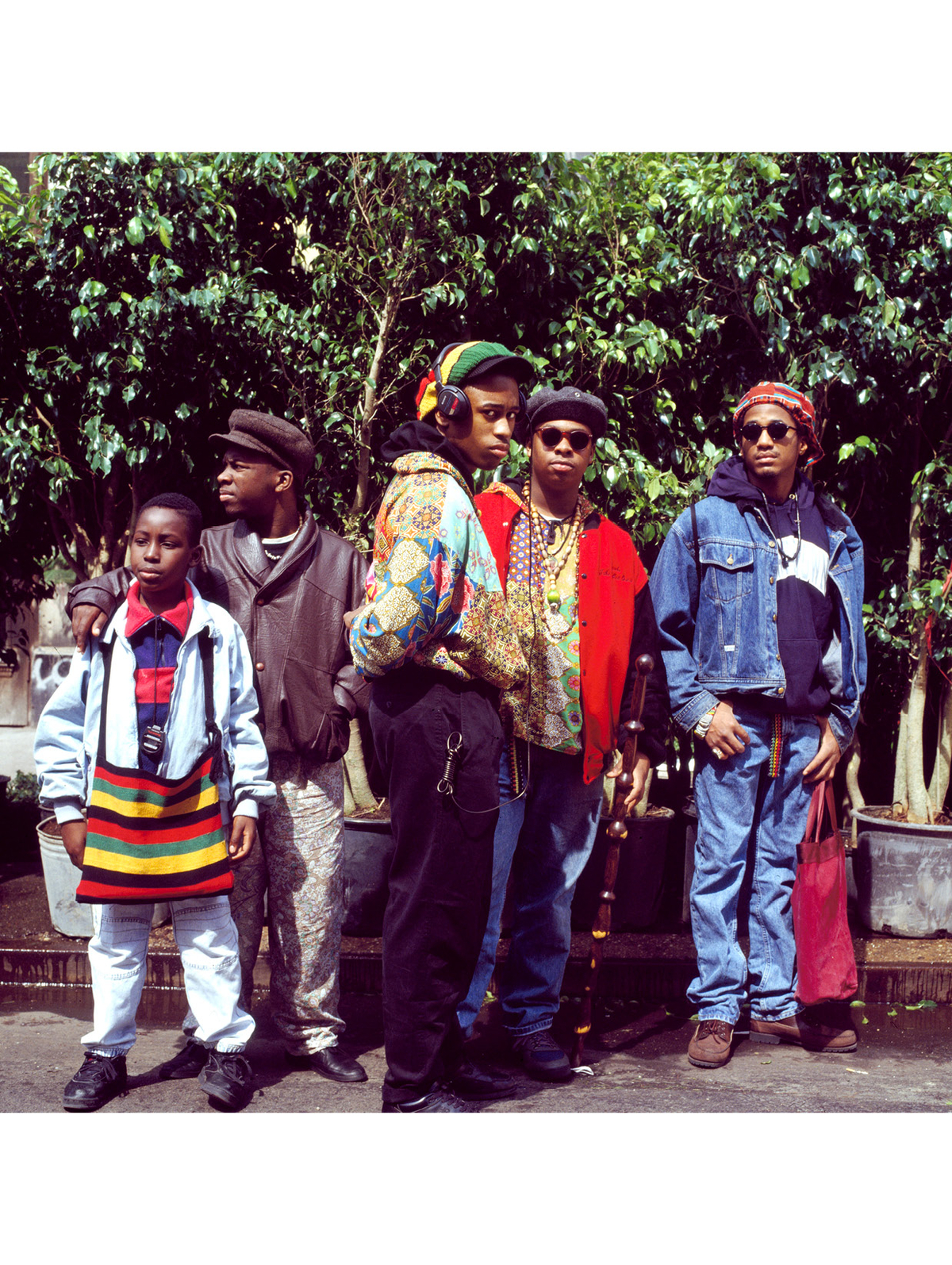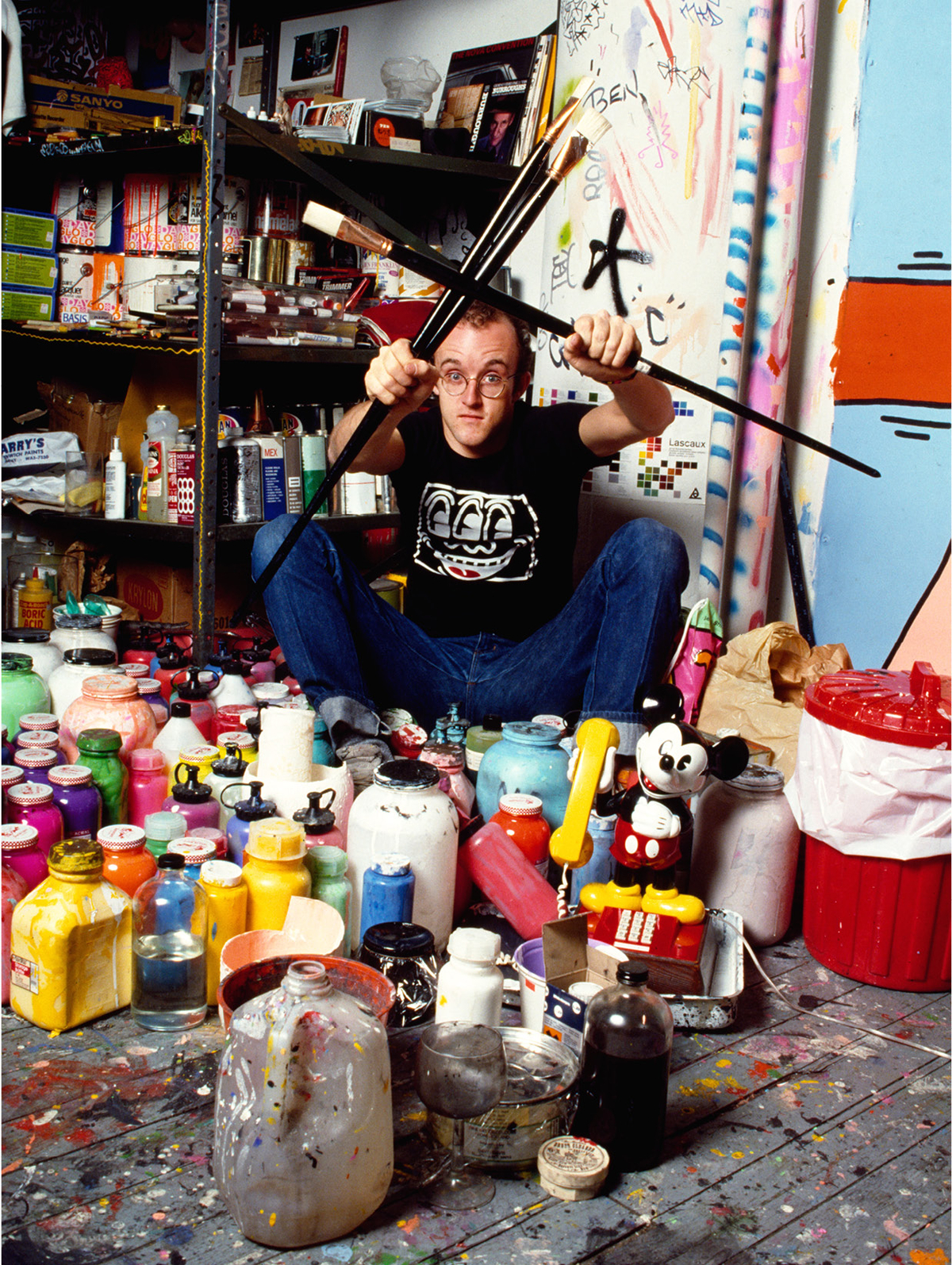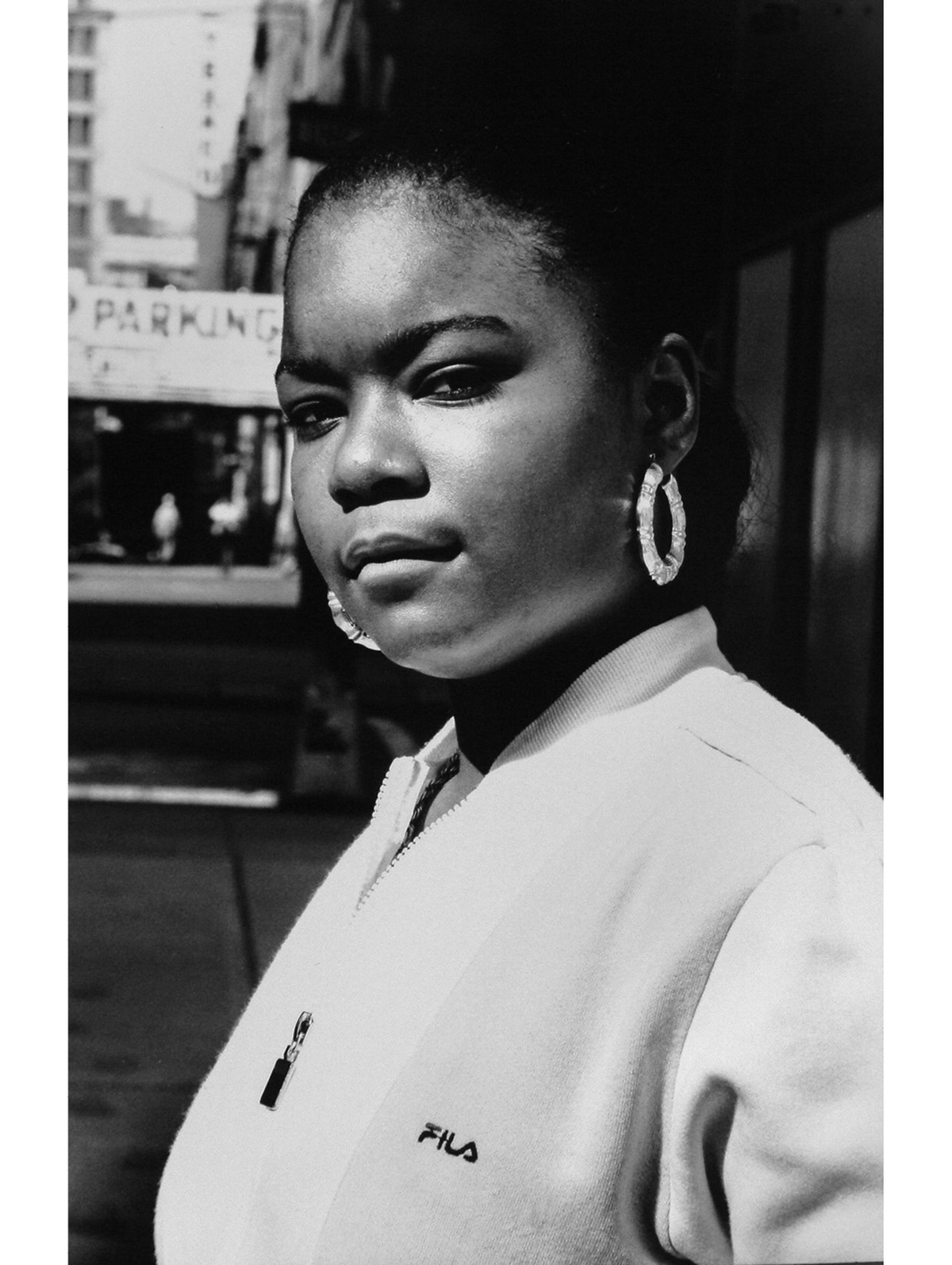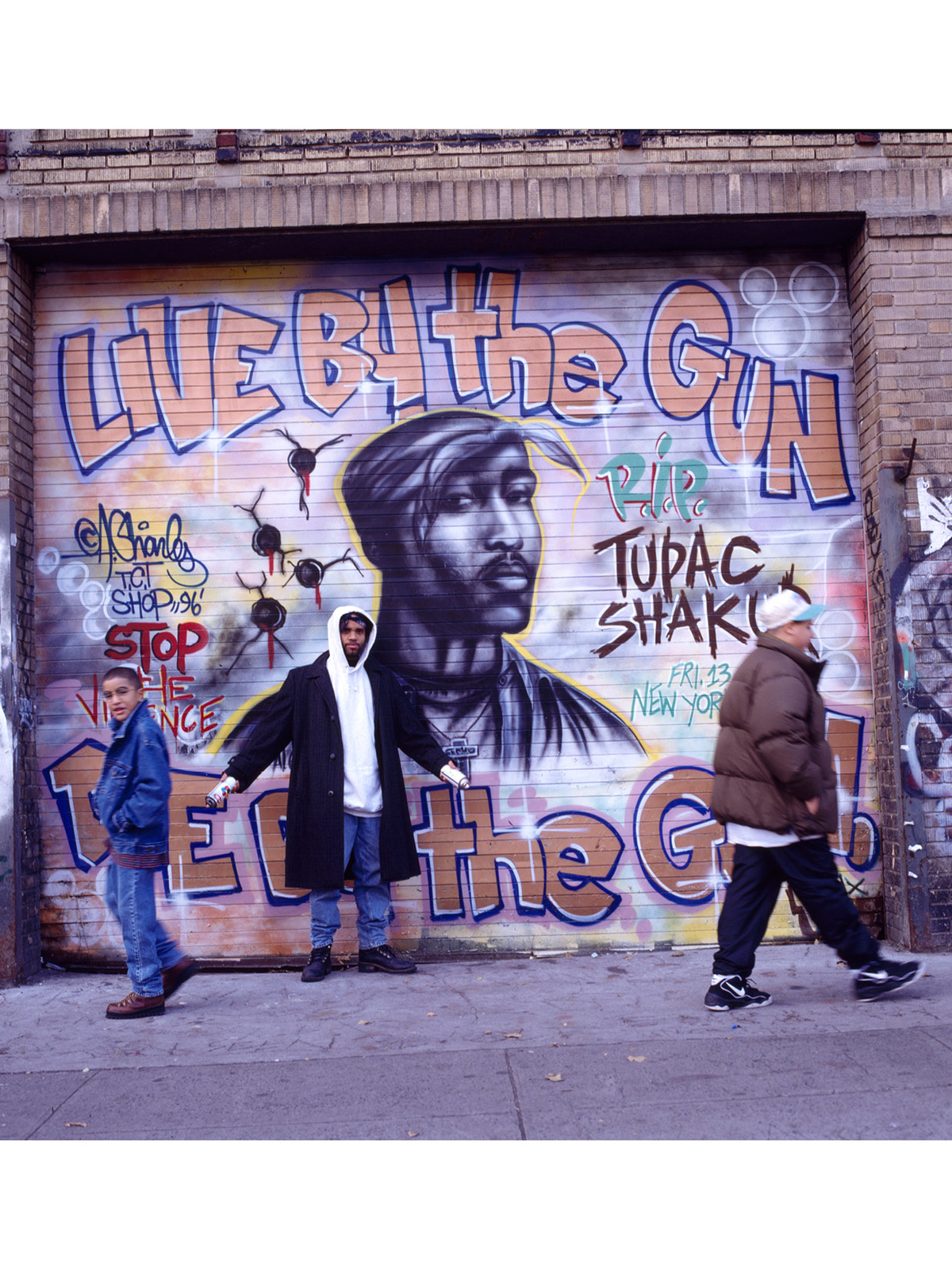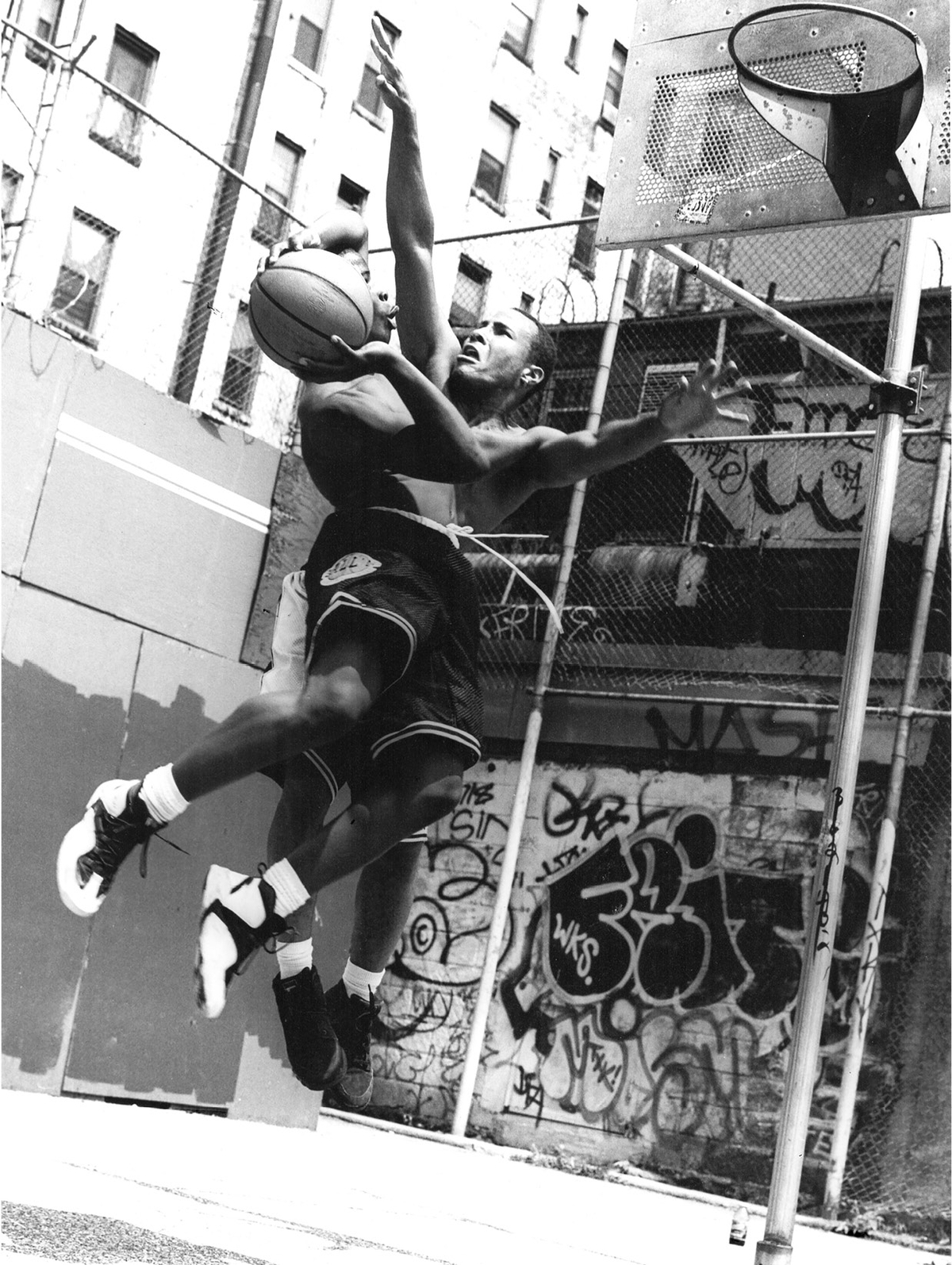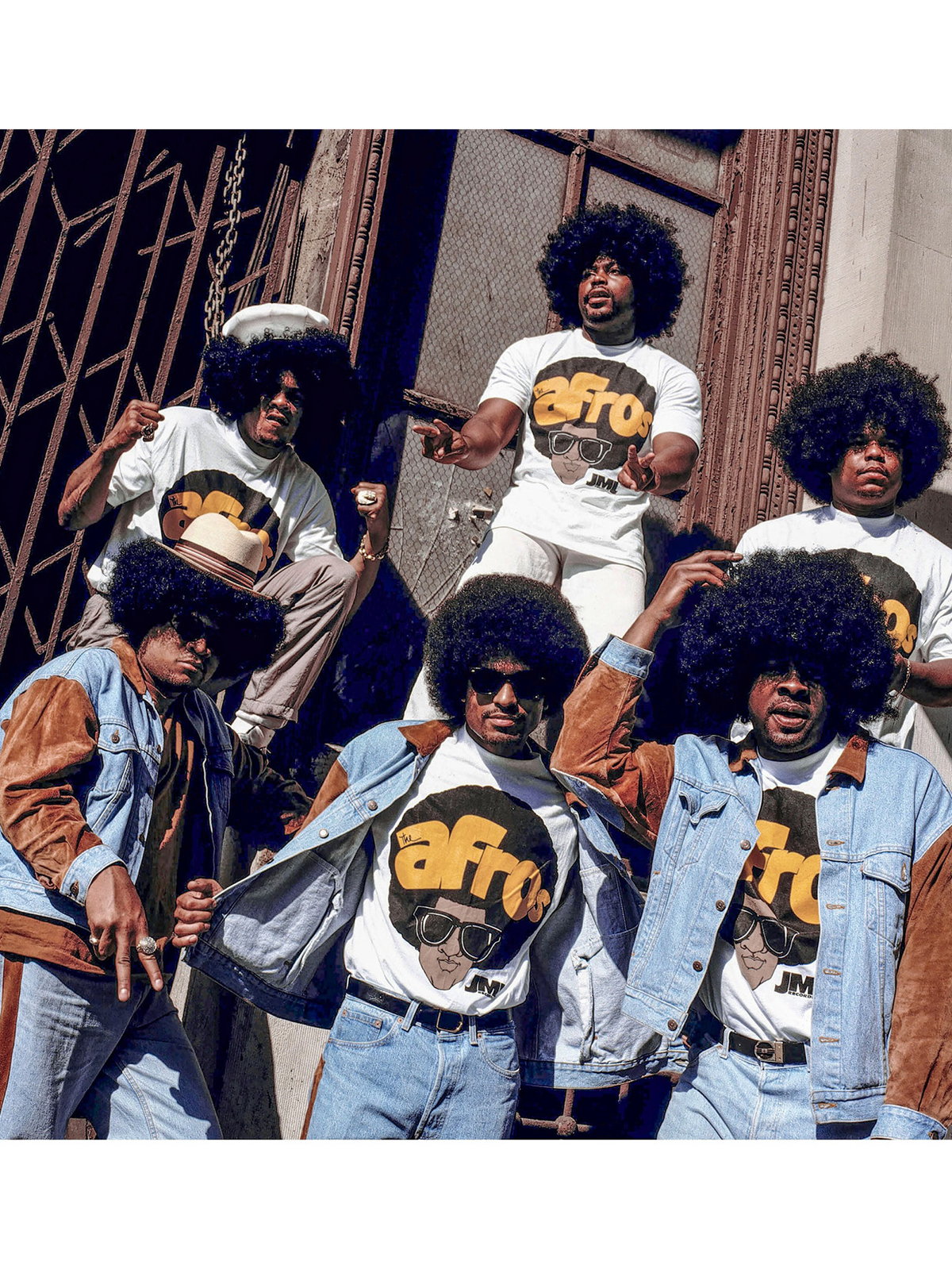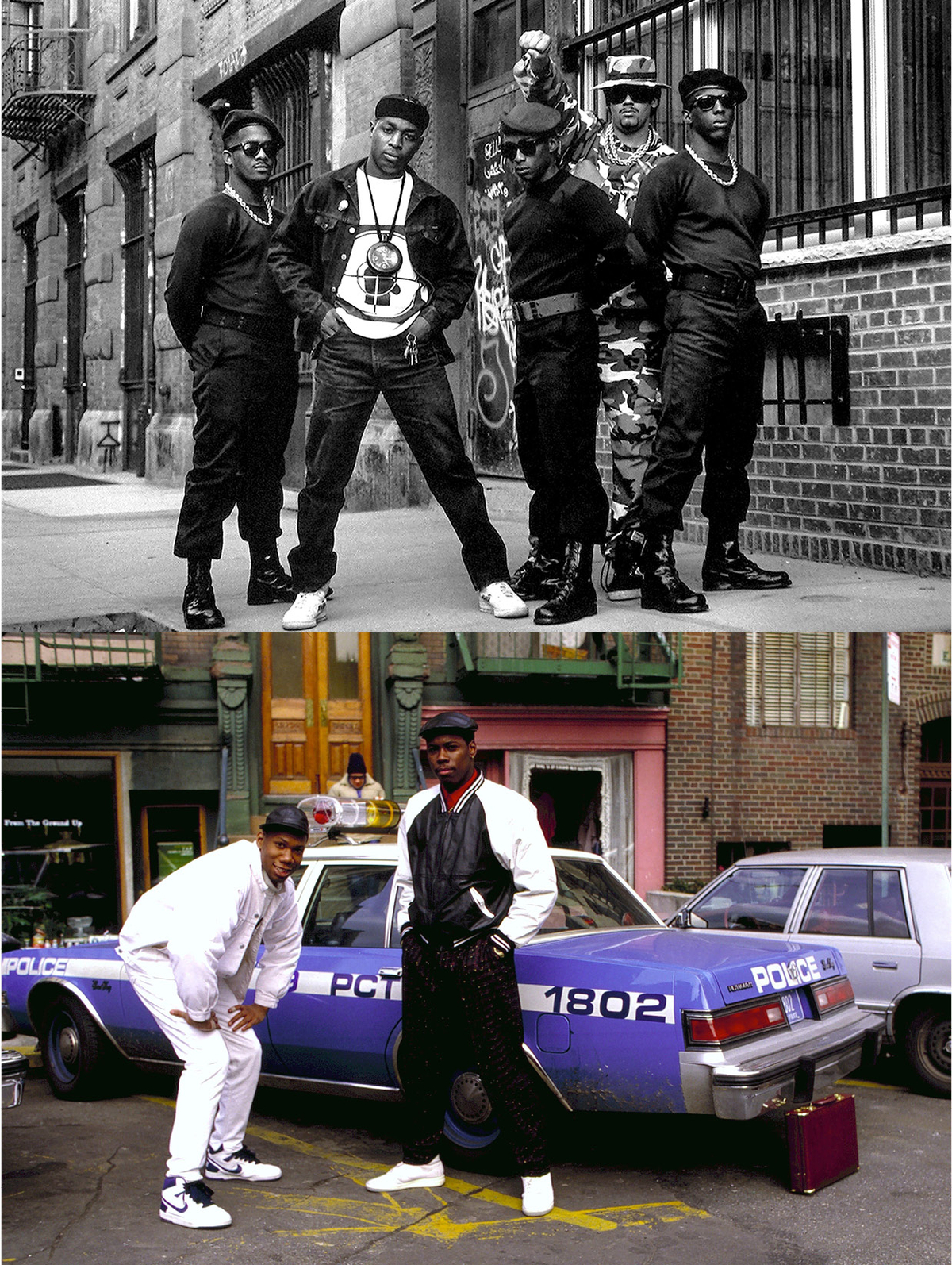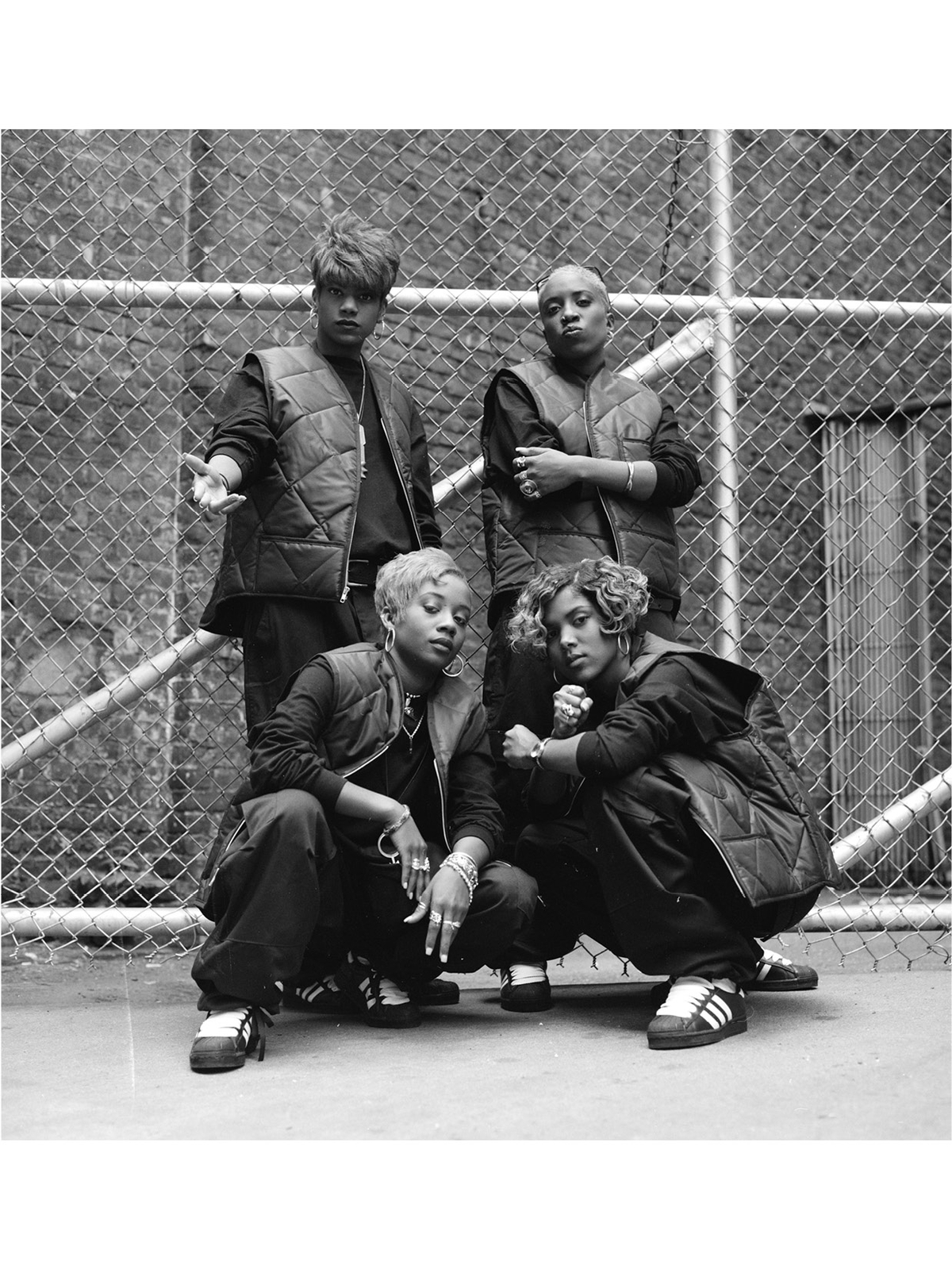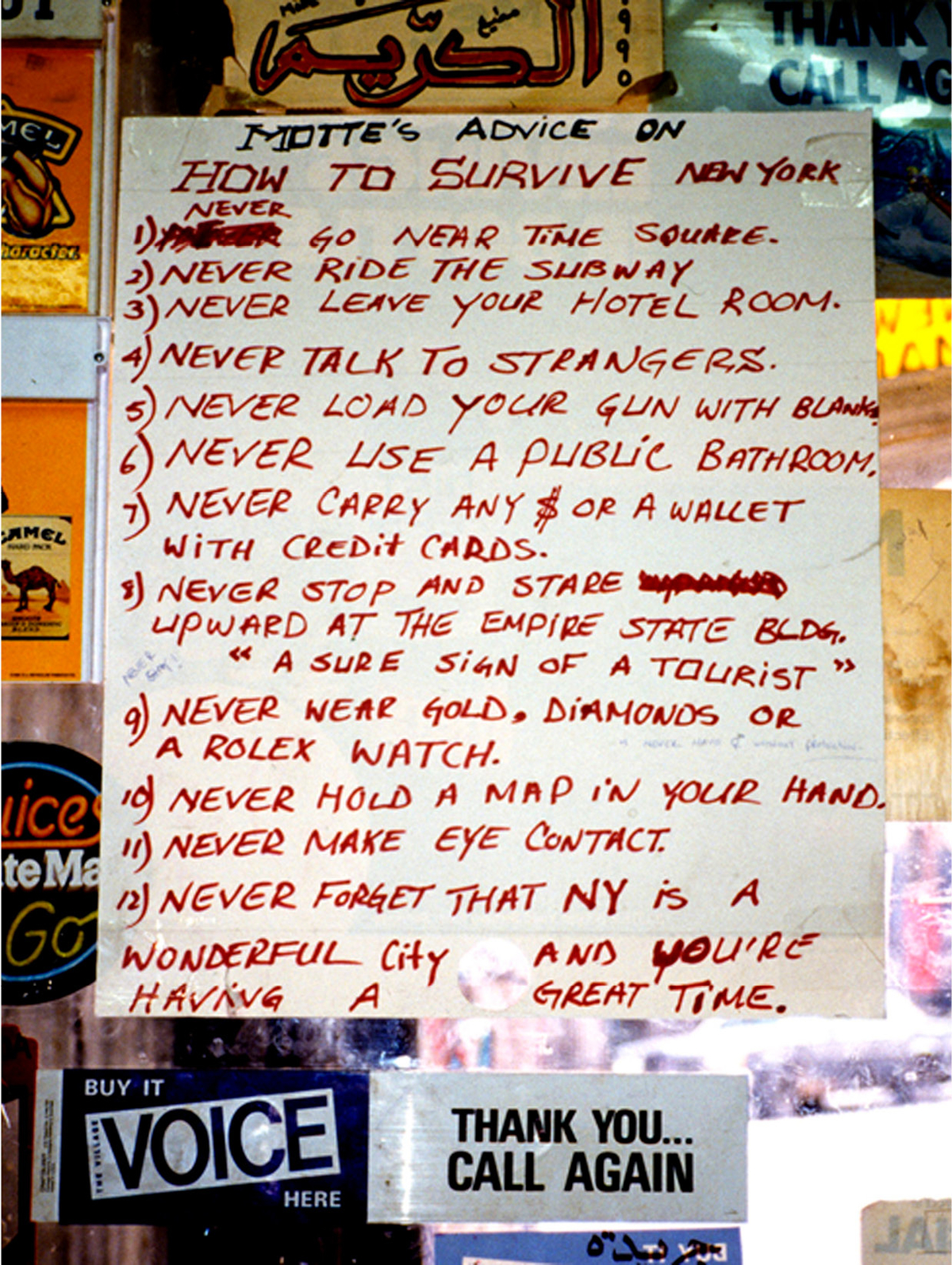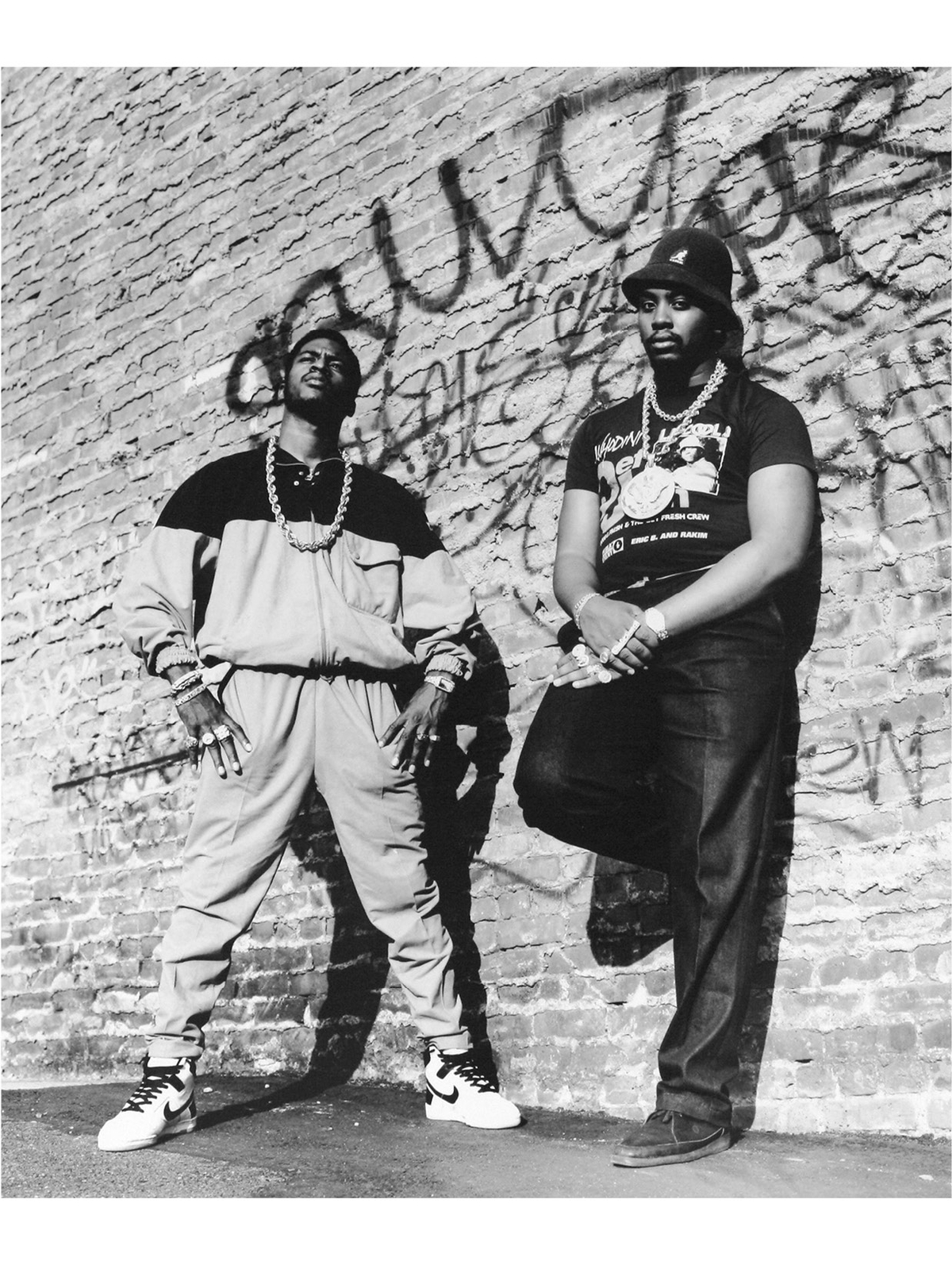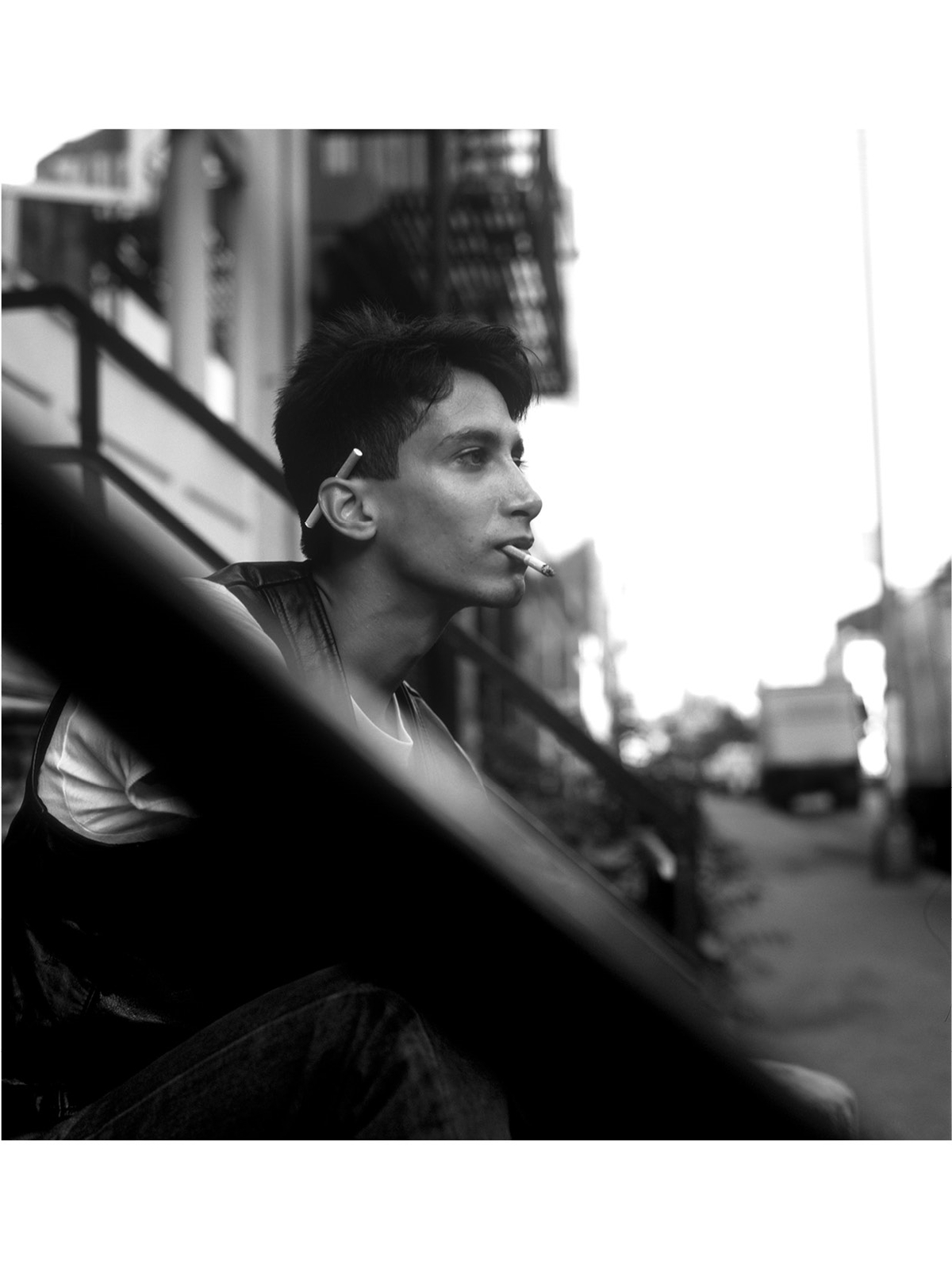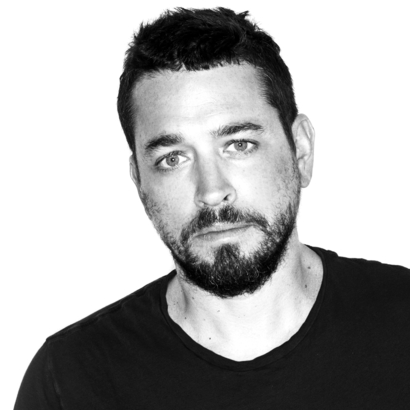After studying photography at Central Saint Martins and the London College of Communication, Janette Beckman, like any young photographer set loose in the world, needed something to take pictures of.
As it turned out, the London-born Beckman didn’t have to go far. It was the mid-1970s, and she happened to have found herself in what would become one of the most cinematic cultural moments of the last half-century: London’s burgeoning punk scene. The city’s streets and its snarling inhabitants became her canvas and subjects.
“Punk was just starting to happen,” Beckman tells me. “There were no jobs, and the British economy was terrible. Working-class kids were rebelling. Johnny Rotten was singing, “No future.” Punks, mods, two-tones, skinheads—the kids on the street, their D.I.Y. fashion and music shocked the stiff British-bourgeois sensibilities. Fashion and art have always come from the streets.”
So Beckman did what photographers do—she took out her camera and began capturing one of contemporary popular culture’s most enduring and influential scenes, in iconic images you’ve no doubt seen in books and magazines, on album covers, and in galleries. And while many artists’ legacies were cemented during that single period in London, Beckman was on the verge of a second act, which would lead to her becoming one of the great cultural documentarians of her generation. It was a Christmas miracle.
“I moved to New York City in 1983,” she says. “I came to visit friends at Christmas. They lived in an old artist-loft building on Franklin Street, right by the Mudd Club. I started to get work. It was an exciting time, taking photographs during the day, going out to clubs at night, ending up at Dave’s Corner, on Canal and Broadway, for hot dogs and egg creams at two A.M.”
And while Dave’s is long gone, a ghost of downtown past, Beckman never left. Instead, she turned her camera to the budding hip-hop scene, which had begun making its way from the surrounding outer boroughs of its birth and adolescence to the streets and nightclubs of downtown Manhattan.
“Just like the punk movement in the U.K., a new cultural movement was coming from the streets,” Beckman says. “The difference to me was that rapping, D.J.-ing, break dancing, and graffiti seemed to have so much positive energy.
“I was working for small record labels like Sleeping Bag and Def Jam, photographing their new artists like Run-DMC, Salt-N-Pepa, and LL Cool J—musicians at the start of their careers,” Beckman continues. “Rap was still underground. MTV didn’t play it. Neither did most of the radio stations.” Fast-forward almost 40 years, and hip-hop—not just the music but the culture and style surrounding it, which has been a part of its DNA since the beginning—is youth culture and style.
“Hip-hop is truly authentic, from the streets, a cultural movement,” Beckman says. “It covers music, poetry, art, dance, and fashion. Break dancing is going to be an Olympic sport in 2024. Rap is bigger than rock ’n’ roll. Sneaker culture is huge. And then there are designers like Dapper Dan, who are getting recognition, and collaborating with brands like Gucci.”
Beckman wasn’t just taking pictures of young rappers and other downtown artists, such as those seen in this portfolio. She wasn’t simply documenting and freezing a moment in time. She was pushing back on Johnny Rotten’s nihilistic declaration of “No future.” She was showing us the future, and this was it.
The photographs in this portfolio were all shot by Janette Beckman below 14th Street
Dana Brown is a writer and producer and a former deputy editor for Vanity Fair, and the author of the memoir Dilettante: True Tales of Excess, Triumph, and Disaster

